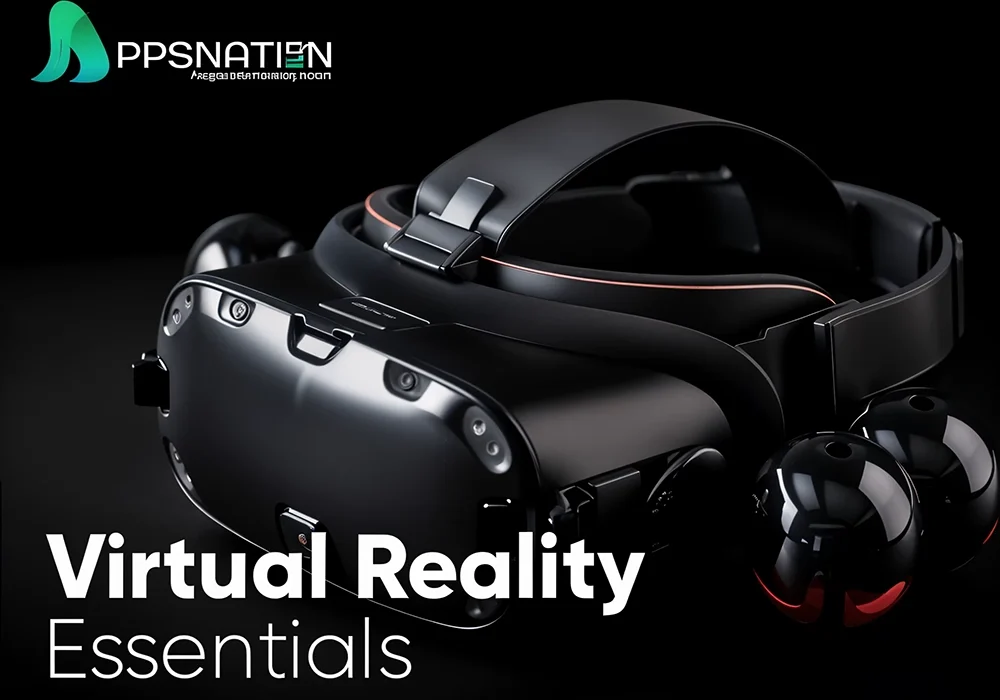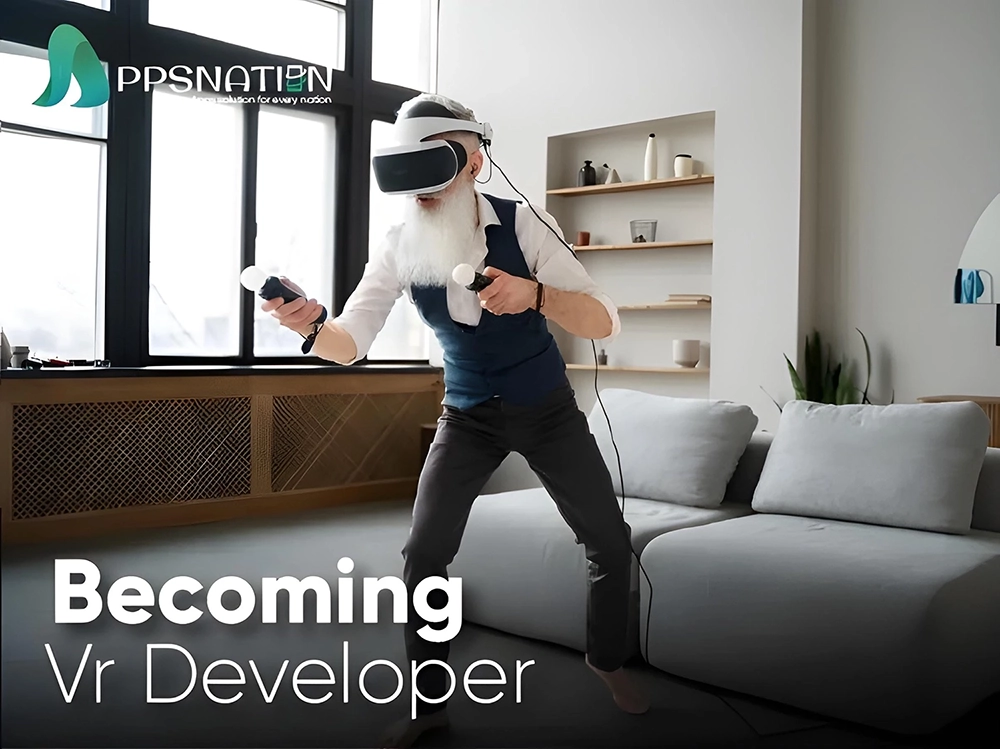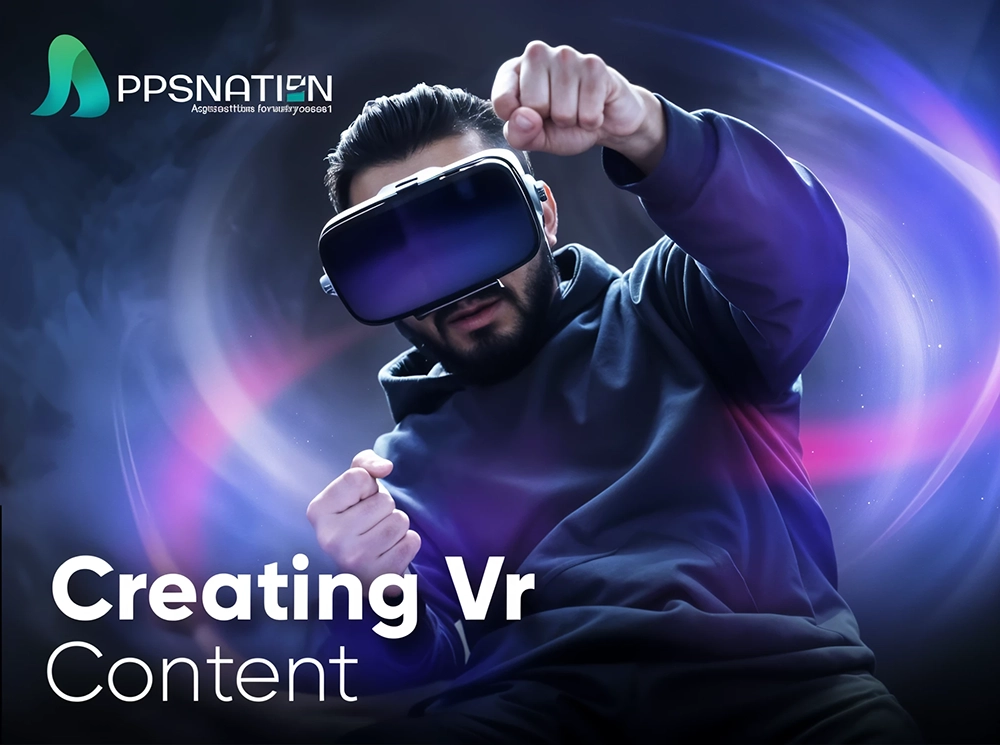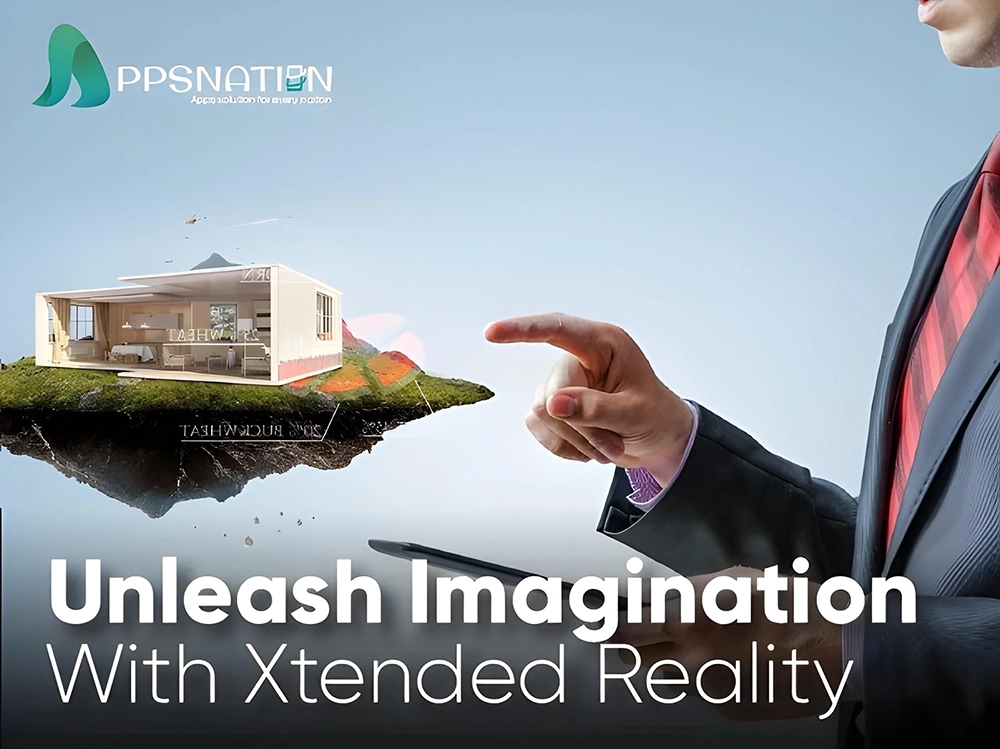Virtual reality (VR) has emerged as one of the most exciting and transformative technologies in recent times. It allows users to immerse themselves in simulated environments, creating an experience that feels almost real.
Table of Contents
| 1 | Introduction |
| 2 | Understanding Virtual Reality (VR) |
| 3 | VR Hardware Essentials
|
| 4 | VR Software Essentials
|
| 5 | VR Interaction Design
|
| 6 | Immersive Audio for VR |
| 7 | Performance Optimization for VR |
| 8 | Testing and Debugging in VR Development |
| 9 | VR Content Distribution Platforms
|
| 10 | Future Trends in VR Development |
| 11 | Conclusion |
| 12 | FAQs (Frequently Asked Questions) |
Introduction
Virtual reality (VR) has completely transformed how we encounter digital content and entertainment. As this technology continues to grow, more businesses and developers are venturing into the world of VR to create captivating experiences. However, VR development requires a solid understanding of the essentials to build immersive and engaging virtual worlds. In this article, we will explore the key elements and tools needed for successful VR development.
Understanding Virtual Reality (VR)
Before delving into the development process, understanding what VR is and how it functions is of utmost importance. VR is an artificial experience that may closely resemble or entirely differ from the real world. It immerses users in a computer-generated environment, allowing them to interact with the virtual world using specialized hardware and software.
VR Hardware Essentials
Developing VR experiences requires specific hardware components to ensure seamless interaction. Some essential VR hardware includes:
HMD (Head-Mounted Display)
The Head-Mounted Display is a VR headset worn on the head, providing a 3D visual experience. It tracks the user’s head movements, allowing them to look around the virtual environment naturally.
Controllers and Input Devices
VR controllers and input devices enable users to interact with the virtual world. These devices vary depending on the platform but often include handheld controllers or gloves with built-in sensors.
Tracking Systems
VR relies on tracking systems to monitor the user’s movements accurately. These systems use cameras or sensors to detect the position and orientation of the HMD and controllers.
High-Performance PC or Console
Developing complex VR experiences demands substantial processing power. A high-performance PC or gaming console is necessary to ensure smooth and realistic visuals.
VR Software Essentials
Apart from hardware, specific software tools are crucial for creating VR content. Some essential VR software includes:
VR Development Kits and Engines
VR development kits and engines offer a foundation for building virtual experiences. Unity and Unreal Engine are popular choices, providing a wide range of VR development resources.
Programming Languages for VR
Proficiency in programming languages like C#, C++, or JavaScript is essential for developers, as these languages are widely utilized in VR development.
3D Modeling and Design Software
To create virtual environments and objects, 3D modeling and design software are essential. Software like Blender and Maya allows developers to bring their ideas to life.
VR Interaction Design
Creating intuitive and comfortable interactions is vital for an immersive VR experience. Consider the following aspects:
User Interface (UI) Design
Designing user interfaces that are easy to navigate and understand is crucial for a seamless user experience.
User Experience (UX) Design
Understanding user behavior and preferences is essential to creating engaging and enjoyable VR content.
Navigation and Locomotion
Implementing natural locomotion methods that minimize motion sickness is crucial for user comfort.
Immersive Audio for VR
Audio plays a significant role in VR immersion. Binaural audio and 3D soundscapes enhance the sense of presence in the virtual world.
Performance Optimization for VR
Optimizing performance is vital to ensuring smooth and responsive VR experiences. This involves reducing latency and maintaining a high frame rate.
Testing and Debugging in VR Development
Testing and debugging are critical phases of VR development. Regular testing helps identify and fix issues that may hinder the user experience.
VR Content Distribution Platforms
After development, distributing VR content requires using appropriate platforms. Some options include:
App Stores and Marketplaces
Publishing on app stores like the Oculus Store or SteamVR allows developers to reach a broader audience.
Web-Based VR Content
Web-based VR content can be accessed through compatible browsers, making it accessible to a wide range of users.
Future Trends in VR Development
The VR landscape is continuously evolving, and developers must stay up-to-date with the latest trends and advancements to create cutting-edge experiences.
Conclusion
Virtual reality development offers endless possibilities for creativity and innovation. By mastering the essentials of VR hardware, software, interaction design, and distribution, developers can craft captivating and memorable VR experiences. Embracing the ongoing evolution of VR technology will open up new opportunities for businesses and entertain users worldwide.
FAQs
Q: What is virtual reality (VR)?
Virtual reality (VR) is an artificial experience that engulfs users in a computer-generated environment.
Q: What are some essential VR hardware components?
Key VR hardware includes HMD (Head-Mounted Display), controllers, tracking systems, and a high-performance PC or console.
Q: Which programming languages are commonly used in VR development?
Programming languages like C#, C++, and JavaScript are commonly used in VR development.
Q: Why is audio important in VR development?
Immersive audio enhances the sense of presence and realism in the virtual world.
Q: How can developers optimize performance in VR experiences?
Performance optimization involves reducing latency and maintaining a high frame rate to ensure a smooth experience.





